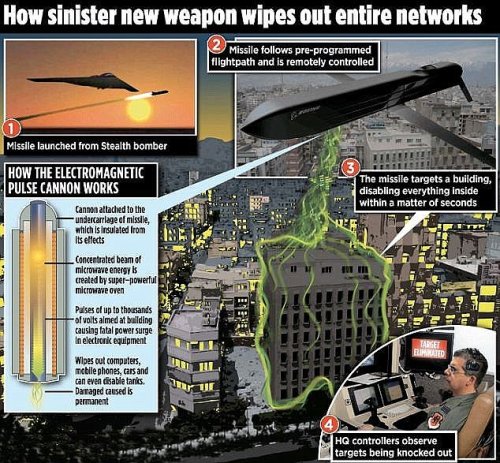marauder2048
"I should really just relax"
- Joined
- 19 November 2013
- Messages
- 3,157
- Reaction score
- 926
Re: Boeing and Raytheon to develop high-power microwave missile
The main targets would likely be base stations/Cell towers/microwave backhaul or any transmitters that could be used as part of a "signals of opportunity" passive detection system.
Destroying thousands of cell towers individually with PGMs would be cost and sortie prohibitive.
CHAMP gives you a in-flight retargetable, rechargable capability that affords multiple shots at multiple targets per sortie.
It's very challenging to get a sub-munition dispensing cruise missile to do all of that with the same Pk and at the same cost.
Kat Tsun said:If you can attack something with a microwave emitting rocket, why not just use high explosive to destroy it for good? A radar is expendable, much more so than its operators.
It's just another of America's weird global policeman weapons like Conventional Trident, "God Rods", and the other things in Prompt Global Strike. Useful if you want to send commandos to arrest someone or blow something up, can achieve total surprise against a third world military, and have the time to gather the intelligence necessary to plan the maximally effective route for such a missile. Not so useful in a war, though.
The main targets would likely be base stations/Cell towers/microwave backhaul or any transmitters that could be used as part of a "signals of opportunity" passive detection system.
Destroying thousands of cell towers individually with PGMs would be cost and sortie prohibitive.
CHAMP gives you a in-flight retargetable, rechargable capability that affords multiple shots at multiple targets per sortie.
It's very challenging to get a sub-munition dispensing cruise missile to do all of that with the same Pk and at the same cost.



